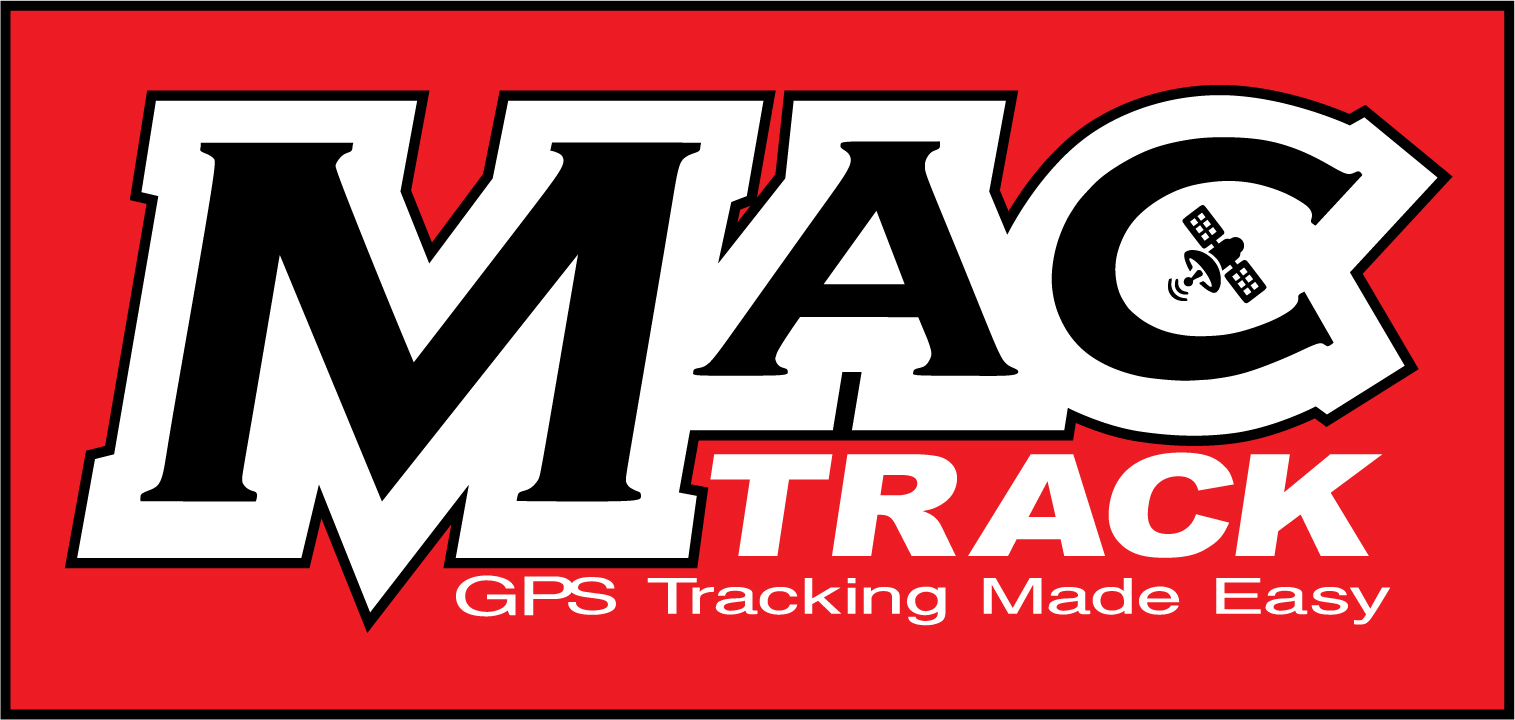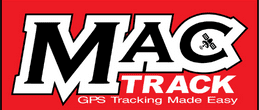In June of 2024, Australia’s largest telecommunications company, Telstra, will shut down its 3G network. This move was announced years ago as part of Telstra’s strategy to provide higher-quality service and to free up space for more advanced 4G and 5G networks.
While this is a significant move towards better connectivity and faster data speeds, it has implications for businesses and individuals alike, especially for those using fleet management systems that rely on the 3G network for things like vehicle tracking solutions. Here’s what the shutdown means for your fleet and how you can adapt to the changes.
If you’re unsure where to start, MacTrack offers comprehensive solutions that can help guide you through this transition—have a chat with our friendly team today about upgrading and adapting your systems.
The end of an era: The 3G network shutdown
3G, or the third generation of wireless mobile telecommunications technology, has been a workhorse for data transfer since its inception. It was the first network to offer high-speed internet access, video calling, and mobile TV—a real revolution in its time. But with the increasing prevalence of 4G and the emergence of 5G, 3G has been gradually phased out by operators worldwide.
The shutdown means that all devices relying solely on 3G for connectivity will no longer be able to access cellular services. This includes voice calls, SMS, and data services, which is of particular concern to businesses running fleet operations, where real-time communication and tracking are critical.
Implications for fleet management
Fleet management systems often rely heavily on cellular networks for real-time tracking, communication, and data collection. A significant number of these systems still operate on the 3G network. Therefore, the shutdown could potentially affect the operation of fleet management systems and disrupt business continuity if not addressed.
- Communication and data transfer: With the 3G network shutdown, all communication and data transfer that was previously facilitated by the 3G network will cease to function. This includes real-time tracking of vehicles, communication between drivers and base, as well as transmission of data for telematics and other fleet management software.
- GPS tracking: While GPS tracking systems themselves will not be affected by the 3G network shutdown, GPS devices that use 3G for data transmission will cease to work. These devices rely on the 3G network to transmit location data back to the fleet management system. With the shutdown, real-time tracking will be disrupted, and fleets may experience gaps in their tracking capabilities.
- Device compatibility: Many in-vehicle devices and systems, including some dashcams, electronic logging devices (ELDs), and onboard diagnostics (OBD) devices, may also rely on the 3G network. These devices will need to be replaced or upgraded to continue functioning.
How to prepare your fleet for the shutdown
The 3G network shutdown requires businesses to take proactive steps to ensure their fleet operations continue to run smoothly. Here are a few steps you can take:
#1 Audit your fleet
The audit of your fleet is a crucial first step to identifying the extent of the impact that the 3G shutdown will have on your operations. It involves a comprehensive assessment of all the technological devices that your fleet is currently using.
- Inventory of devices: Start by creating a detailed inventory of all the devices installed in your vehicles. This includes telematics systems, GPS trackers, dashcams, electronic logging devices (ELDs), and any other devices that use the 3G network for connectivity.
- Device specifications: Review the specifications of each device to confirm whether it relies solely on the 3G network or if it can also connect to 4G or 5G networks. The user manual or product specifications sheet should provide this information, or you may need to contact the device manufacturer or service provider.
- Device usage: Consider how each device is used in your operations. Identify which devices are critical for your daily operations and which are less essential. This can help you prioritise your upgrades if necessary.
#2 Upgrade your devices
After identifying the devices that will be affected by the shutdown, it’s time to plan for their upgrade.
- Research options: Start by researching the market to understand the options available for 4G and 5G compatible devices. Consider factors like price, functionality, reliability, and customer reviews. Speak to MacTrack for guidance on state-of-the-art devices that will stand the test of time.
- Implementation plan: Create a detailed implementation plan for the upgrade. This should include timelines, responsibilities, and contingency plans in case of any issues during the upgrade process.
#3 Choose future-proof solutions
The 3G shutdown is a clear reminder of the pace of technological change. Therefore, when selecting new devices, it’s important to think about future-proofing your fleet.
- Scalability: Choose devices and systems that can easily be scaled up as your business grows. This might include systems that can support additional features or functionalities that you might need in the future.
- Vendor reliability: Choose vendors that have a proven track record of keeping up with technological advancements, such as MacTrack, and providing ongoing support to their customers.
- Flexibility: Future-proofing also involves flexibility. Opt for devices that can work with different types of networks (4G, 5G, and possibly satellite) and that are compatible with various fleet management systems.
By carefully auditing your fleet, strategically upgrading your devices, and selecting future-proof solutions, you can ensure a smoother transition away from the 3G network and set your fleet up for success in the years to come.
Check out a selection of MacTrack’s future-proof devices offered here.
#4 System testing
After your devices have been upgraded, it’s crucial to thoroughly test your fleet management systems to ensure everything is working as it should.
- Real-time tracking: Begin with testing the real-time tracking capabilities of your upgraded systems. This will involve running test routes with your vehicles and checking whether their location data is correctly captured and updated in real time on your fleet management system.
- Communication: Check the communication systems between the drivers and the base. Ensure that voice calls, messages, and any other form of communication supported by your system are working effectively over the new network.
- Data transmission: You should also verify the data transmission for your telematics and fleet management software. This can involve checking whether data like speed, fuel consumption, engine diagnostics, and other crucial information is being accurately captured and transmitted to your system.
- Functionality check: Perform a check of any other functionalities critical to your operations. This could include things like remote vehicle diagnostics, automated driver logs, route optimisation features, and more.
- Network stability: Lastly, observe the stability of the network connections. This is particularly important if you are moving to 4G or 5G in areas where coverage may not be as comprehensive as the outgoing 3G network.
#5 Staff training
Staff training is an important aspect of this transition, as it’s crucial for your team to be familiar with the new devices and systems.
- Device training: Conduct training sessions to familiarise your drivers and fleet managers with the new devices. This could include how to operate the devices, troubleshooting common issues, and understanding new features or changes.
- Software training: If your fleet management software has also been upgraded or changed, provide training on this as well. This should include how to access and interpret data, use new features, and report any issues.
- Emergency procedures: It’s also crucial to train your team on what to do in case of network or device failures, ensuring they understand backup procedures and emergency contact protocols.
The future is 4G and 5G
While the Telstra 3G network shutdown may seem disruptive, it’s part of the natural progression of technology. The future lies in 4G and 5G networks, which offer significantly higher speeds and lower latency than their predecessors. 4G is already widely used and provides excellent coverage and data speeds. It’s more than capable of supporting the needs of modern fleet management systems.
On the other hand, 5G is still in the early stages of deployment. However, it promises even faster data speeds, near-instant communication, and the ability to connect a vast number of devices simultaneously. This could open up new possibilities for fleet management, including advanced real-time analytics, improved driver assistance systems, and even remote control of vehicles.
Conclusion
The Telstra 3G network shutdown represents a call for fleet businesses to modernise and embrace the future. Despite the challenges, this transition can be smooth and beneficial with the right resources. MacTrack’s suite of 4G compatible devices and future-proof fleet management solutions are specifically designed to make this transition seamless.
Our comprehensive support covers everything from fleet audits and device upgrades to systems testing and staff training. Don’t let the 3G shutdown disrupt your operations. With the GPS tracking Australia experts at MacTrack, you can future-proof your fleet connectivity. Contact MacTrack today and leverage this transition as an opportunity for growth and efficiency.

